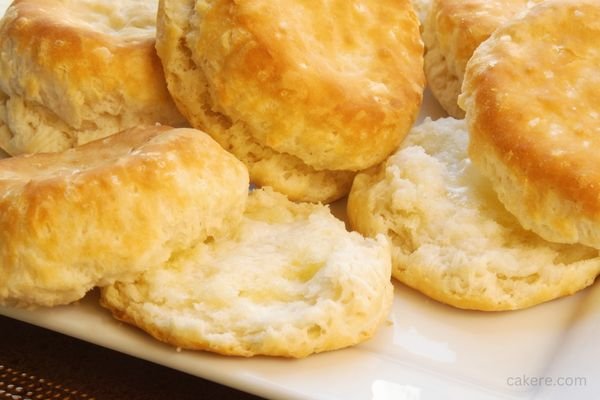If you love to bake, you’ve probably come across recipes that call for buttermilk. But what exactly does buttermilk do in baking, and why is it such a popular ingredient among bakers? In this article, we’ll delve into the science behind buttermilk and explore its various benefits in baking.
Whether you’re a novice baker or a seasoned pro, you’ll find plenty of useful tips and tricks to elevate your baking game.

What is Buttermilk?
Before we get into the specifics of how buttermilk works in baking, let’s define what it is. Buttermilk is a tangy, acidic liquid that’s left over after churning butter. Traditionally, it was made by letting raw milk sit at room temperature until it soured and curdled. Today, most buttermilk is made by adding lactic acid bacteria to milk, which mimics the fermentation process and gives it its signature flavor.
How Does Buttermilk Affect Baking?
Now that we know what buttermilk is, let’s talk about its role in baking. Here are some of the ways buttermilk can affect your baked goods:
Tenderizes the Dough: The acidity in buttermilk can help break down the gluten in flour, which makes the dough more tender and easier to work with. This is especially useful in recipes that call for a lot of kneading, like bread or pizza dough.
Adds Moisture: Buttermilk has a higher water content than regular milk, which means it can add moisture to your baked goods. This is particularly helpful in recipes that tend to dry out easily, like muffins or scones.
Leavens the Batter: Buttermilk contains lactic acid, which can react with baking soda or baking powder to create carbon dioxide. This gas is what makes your baked goods rise and gives them a light, fluffy texture.
Adds Flavor: Buttermilk has a tangy, slightly sour flavor that can add depth to your baked goods. It’s particularly delicious in recipes that call for fruit, like blueberry muffins or strawberry shortcake.
Tips for Using Buttermilk in Baking
Now that you know how buttermilk works in baking, here are some tips for using it in your recipes:
Substitute for Milk: You can usually substitute buttermilk for milk in a recipe, but keep in mind that it will change the flavor and texture of the final product.
Activate Baking Soda: If a recipe calls for baking soda, you can add buttermilk to activate it and create a reaction that will make your baked goods rise.
Mix with Flour: To ensure that the buttermilk is evenly distributed throughout the dough, mix it with the flour before adding the other ingredients.
Add in Stages: If you’re making a recipe that calls for buttermilk in stages, like a cake that requires buttermilk in the batter and the frosting, be sure to measure out the amount you need for each stage separately.
FAQs
Yes, you can make your own buttermilk by adding 1 tablespoon of vinegar or lemon juice to 1 cup of milk and letting it sit for 5-10 minutes.
Yes, you can use low-fat but
